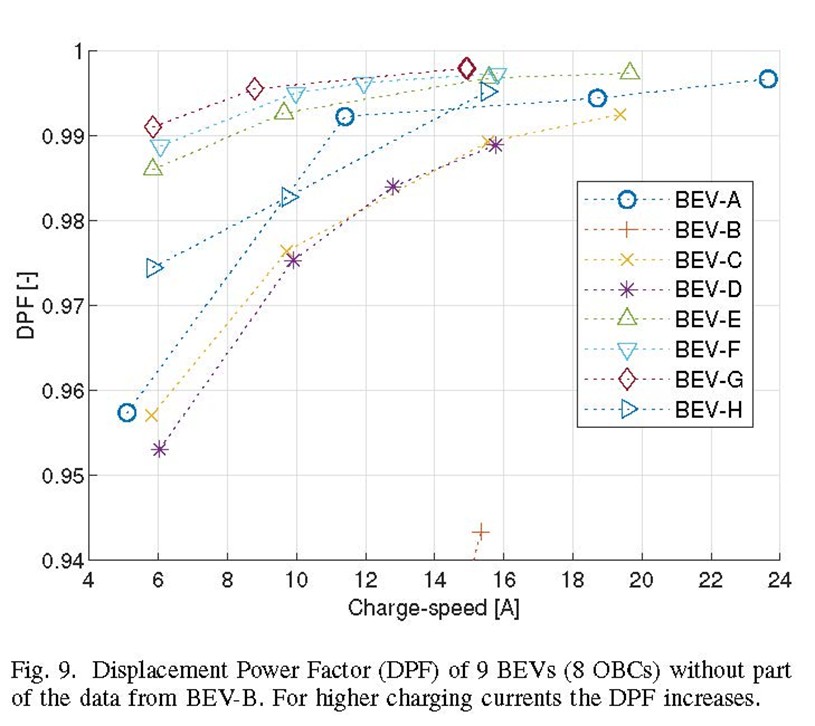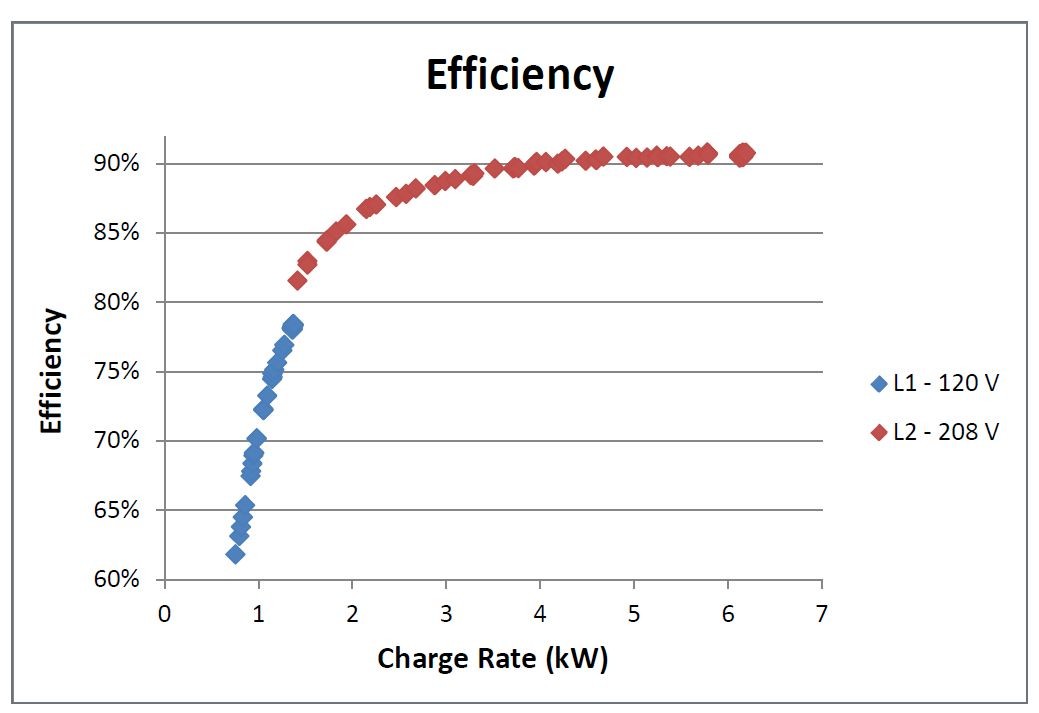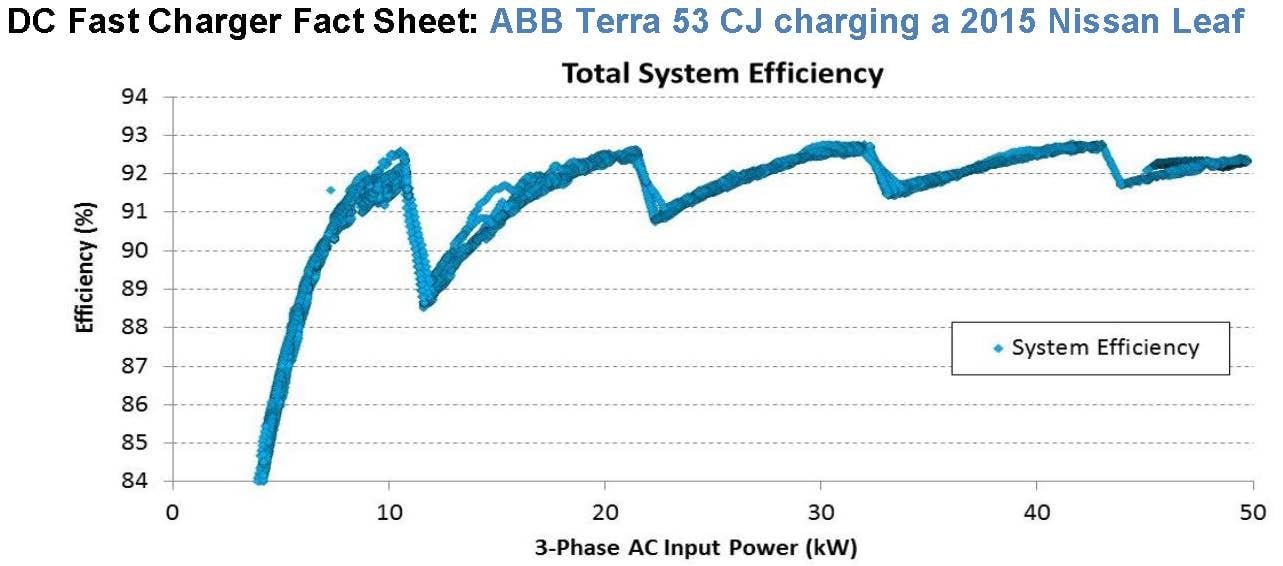JonoNZ:
What kind of charging performance do people typically see from their EVSE?
We have an ABB Terra Wallbox, 32A * 230V = 7.36kW theoretical max charging ability.
I see it draws about 30.6A typically, and voltage sometimes rises to 234V, so get 7.16kW charging, but also can see regular voltage drops to about 222V giving me 6.8kW.
Does EVSE equipment typically draw less than the max rated 32A, in our case around 30.6A? Is this some kind of safety margin built into the EVSE?
Is this normal?
Yes, it is normal for an EVSE to throttle its output amperage to somewhat less (an amp or two) than its setting. This is a safety margin... and your unit apparently has a margin of 1.6A/32A = 5%. As others have already pointed out, it'll be the supply voltage that'll affect the maximum kW that your EVSE will offer to your EV; and as your EV's battery nears its maximum charge level, its onboard EV charger will not draw all of the power that your EVSE is capable of supplying.
You had asked about "performance", well, there are *many* ways of measuring performance. If you're only interested in the speed of charging then it's indeed its really only its ouput kW that matters. However if you're also concerned about charging efficiency then you'll want to avoid using any EVSE that gets warm after a multi-hour charging session... because that'd be a signal of wasted heat... and you'll also want to avoid using extension cords on your "granny charger" (for safety as well as for efficiency)... and if you care about the load your charging session is placing on the grid then things get really complicated because it'll be your EV's onboard charger, and not your EVSE, that's likely to be the primary source of harmonic and superharmonic emissions (sometimes called "pollution") during your charging session, the primary reason for a power factor being less than the ideal 1.0, and resistive "overhead" (which I estimate as 300W for the onboard charger in my Nissan Leaf at any kW rate of charging). The meter at your home "should" (by law) be measuring kWh, but its measurement *might* be biased upward a non-unity power factor and/or by harmonic emissions (https://teslamotorsclub.com/tmc/threads/beware-smets2-meters.188061/page-2). It's the kVAr on your neighbourhood's local line and not its total kW that puts a thermal limit on the power that your lines company can deliver (through a stepdown transformer) to your neighbourhood. This is a bleeding-edge concern for some lines companies overseas (who are running near thermal limits for kVAr on some of the local lines), and also for regulators (in Germany and Canada who are now insisting that public EVSEs be accurately calibrated for kWh if they are selling electricity by the kWh)... but it'd be the rare EV owner in any country who is aware that their EV's onboard charger operates less efficiently at amperages below its maximum or that harmonic emissions of EV chargers are now a concern for some lines companies.
Some model of the Zoe Renault is, I believe, BEV-B in the diagram reproduced below from a (regrettably paywalled) article in the technical literature... and you'll need to know something about power engineering before you'd be able to interpret this diagram accurately. From https://ieeexplore.ieee.org/abstract/document/9203533/:







